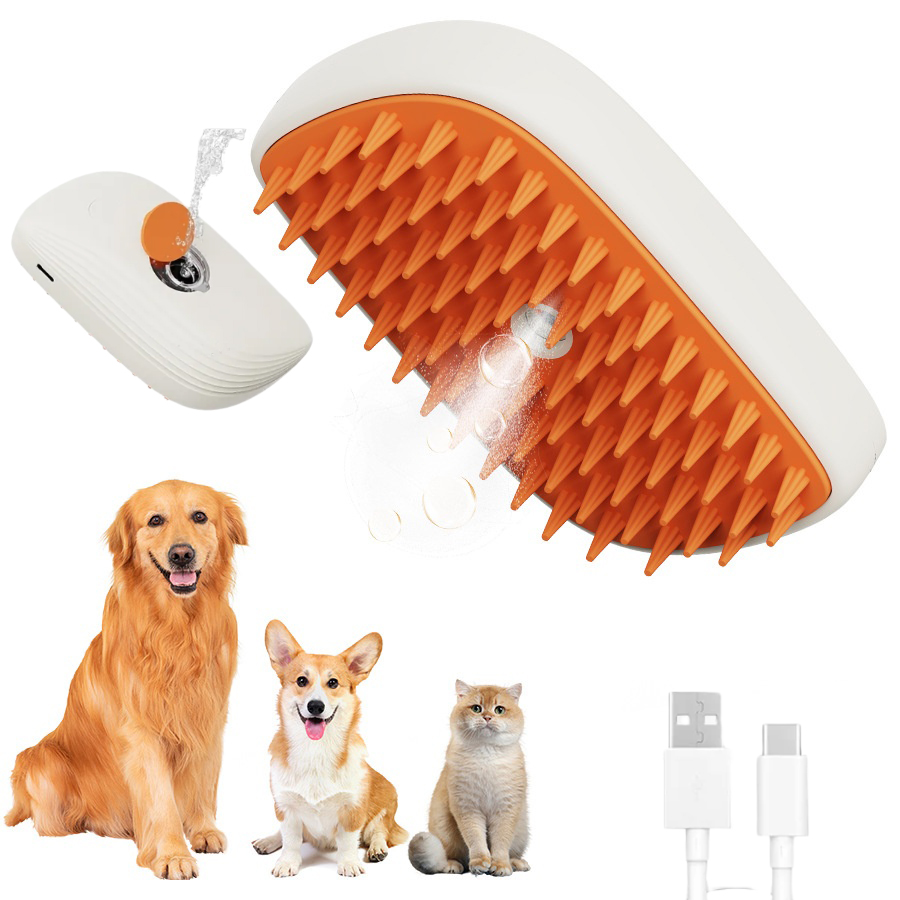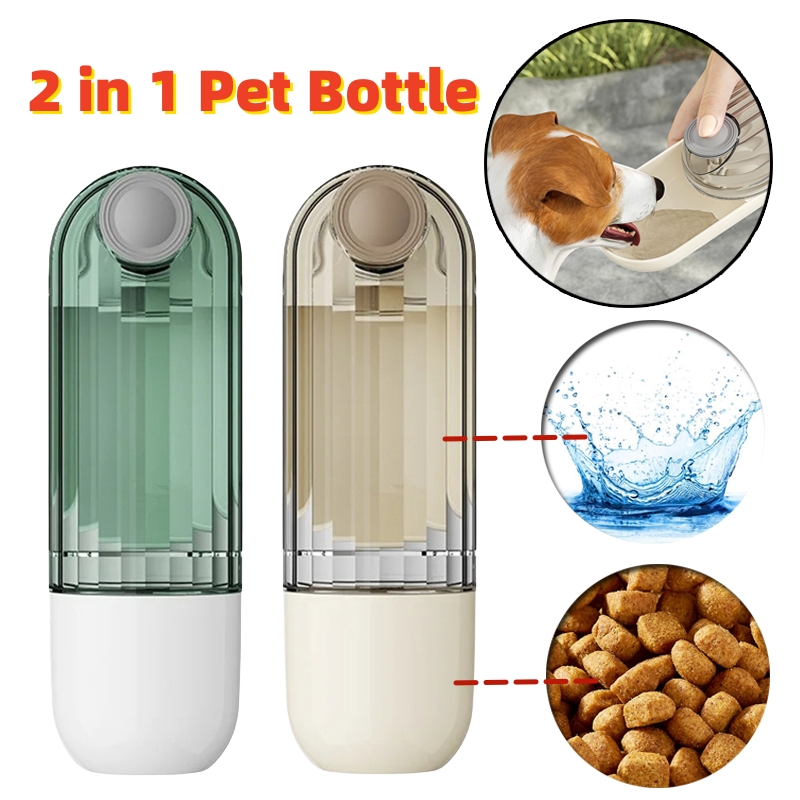Home
Home
Shop All
Shop All
New
New


Sausage Dog Clothes Small Dog Cat Warm Thickened Sweater
Sausage Dog Clothes Small Dog Cat Warm Thickened Sweater
Shop Now

Fashionable Breathable Large Capacity Portable Backpack For Cats
Fashionable Breathable Large Capacity Portable Backpack For Cats
Shop Now
Reviews from customers
New Arrivals
View More
Find more collections
View all
View all

The Story of Us
1. We can arrange dispatch in less than 2 days, saving your costs as well as time. 2. We offer high-quality products. 3. There is no minimum order quantity (MOQ) requirement for products. In addition, new trending products are updated daily. 4. We have no minimum order quantity, so you can buy products as many as you like. 5. Customer service managers wait on you 7*24 hours. 6. We offer fast delivery worldwide, so you can receive your products within the shortest time. 7. We boast a world-renowned reputation with our website receiving unequivocal compliments from customers.
View More
Our Service

Transaction protection

Reliable after-sale services

Fast shipping
For More
About Us
Contact us
Customer Support
Privacy Policy
Return Policy
Shipping Policy
Terms & Conditions
Payment Methods








Copyright © 2025





















